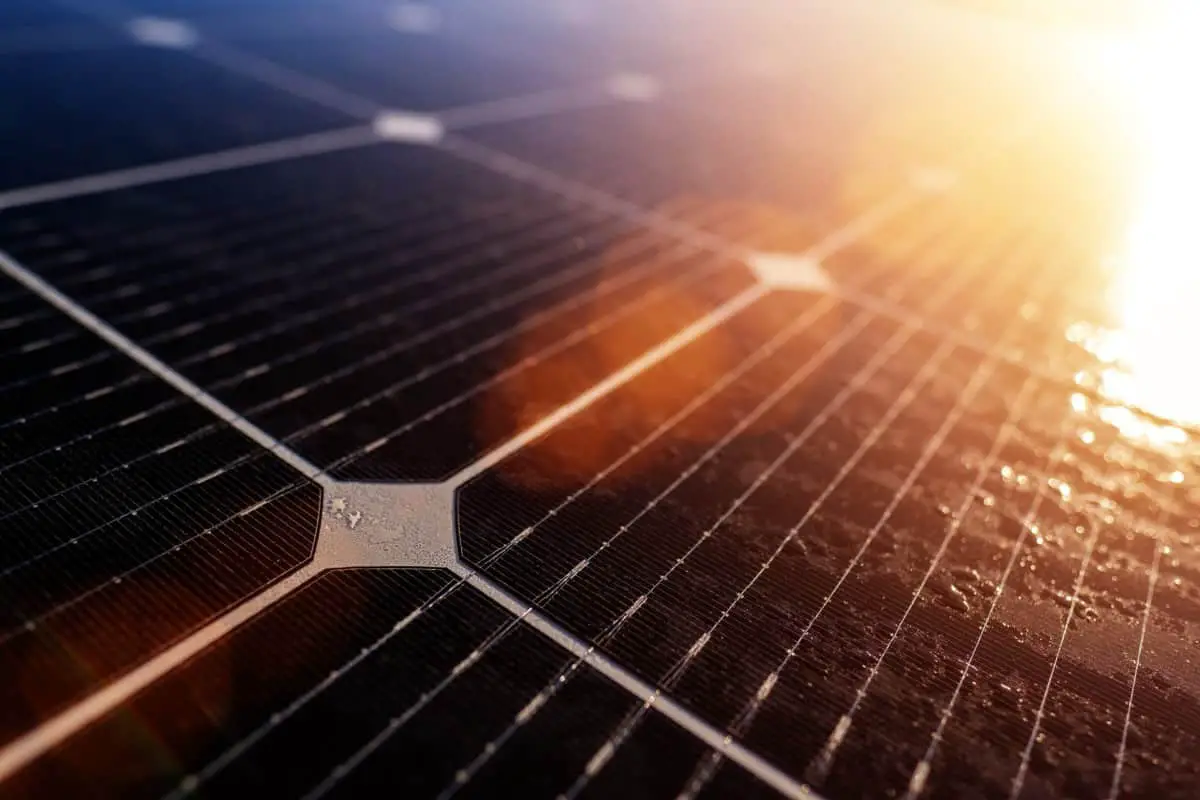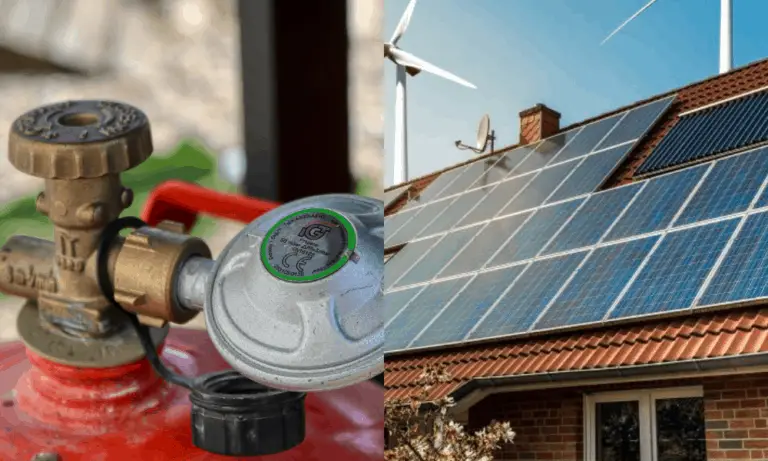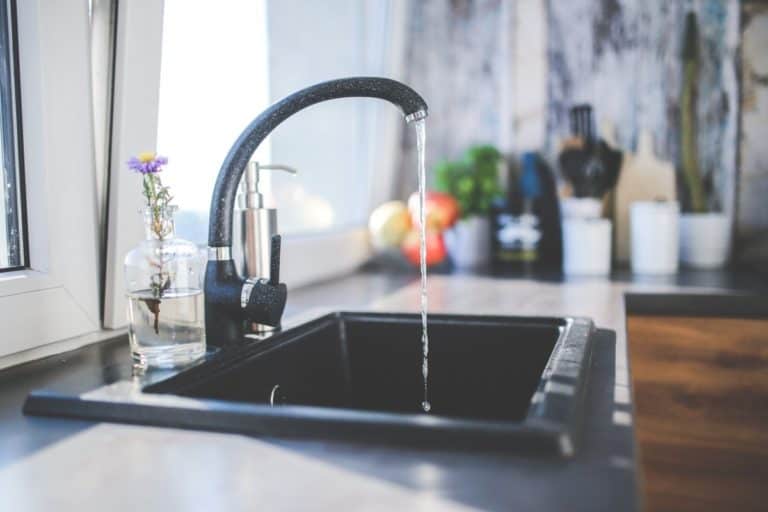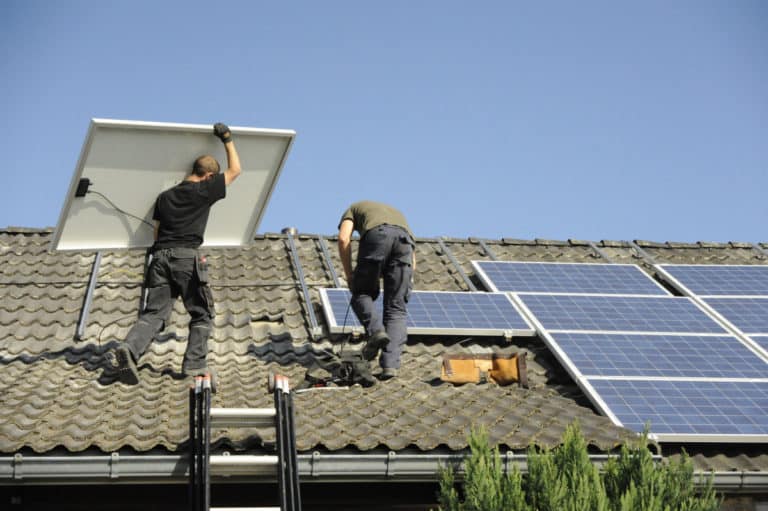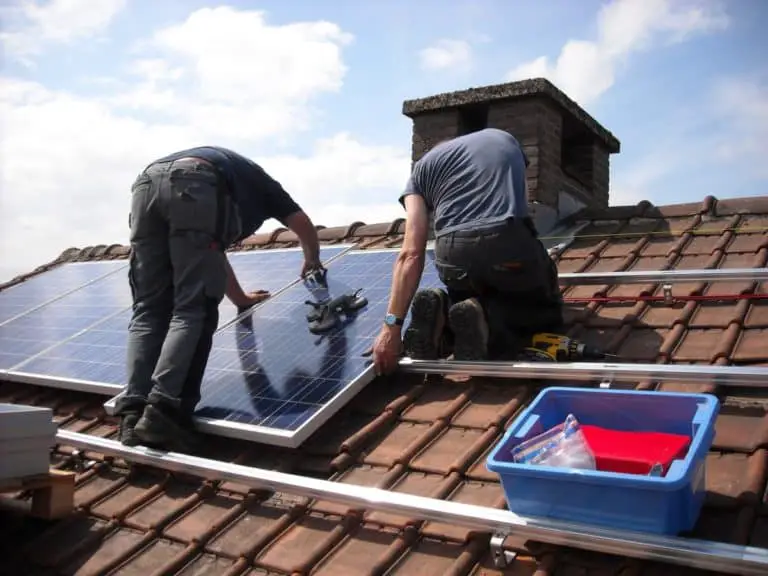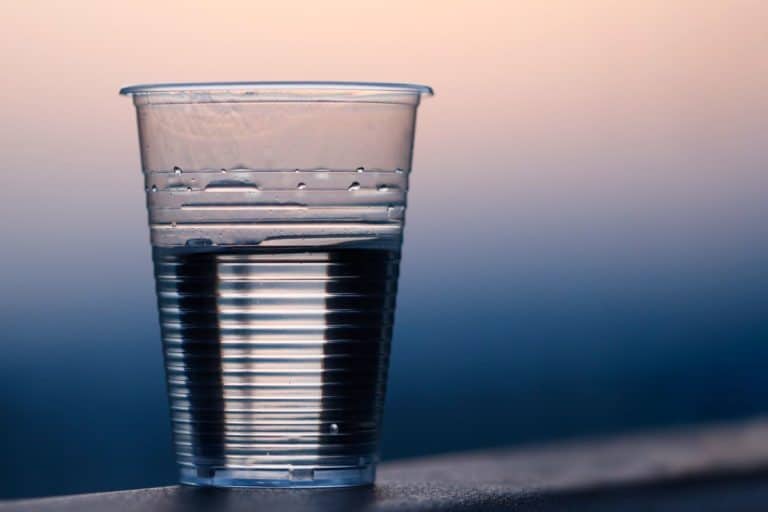What Is the Difference Between Solar Panels and Photovoltaic Cells?
Recently, I’ve seen the terms ‘solar panels’ and ‘photovoltaic cells’ used interchangeably, but do they refer to the same thing?
Solar panels and photovoltaic cells (PV cells) refer to different parts of the same system. A PV cell is a single unit that contains layers of silicon semiconductors. When you exposed them to sunlight, loose electrons are freed, causing a current to flow. A solar panel is when several PV cells are combined together in one large sheet.
PV cells are at the heart of the solar panels mechanism, let’s take a closer look at how they work and their role in the overall system.
Related reading: How many solar panels do I need to run my off-grid home? What is the difference between on-grid and off-grid solar panels? How long do solar panels last?
Table of Contents
How do photovoltaic cells convert sunlight to electricity?

Most PV cells contain two layers of silicone. Manufacturers treat one to have a negative charge and the other to have a positive charge. When light falls on the cell, several actions take place to generate electricity:
- The photonic energy from the sun agitates loose electrons from the negatively charged layer.
- The presence of the positive layer creates a charge between the two, and the electrons begin to flow.
- The current of several cells is combined and directed into wires for use in your home.
One of the things that makes PV cells stand out from other methods of producing generating electricity is that, other than the flow of electrons, there are no moving parts. This means that if there is no damage to the cells, no maintenance needed for the cells themselves.
How are solar panels made?
To make a solar panel, sand is carefully processed to make a very high grade of silicon. Manufacturers then purify it and make it into blocks, which they then slice into ‘silicon wafers.’
Some of these wafers are treated with boron to produce a positive charge; they treat the rest with phosphorus giving it a negative charge. The wafers are cut to size and layered together. Tiny wires and metal pathways are laid onto the surface of the silicon to collect the electricity.
As the cells are assembled, they are sealed with weather protective layers and anti-reflective substances. This prevents light from being wasted by reflecting off the surface of the cell. Several cells are then placed together onto a large metal frame and sealed under glass or plastic to form a solar panel.
Each manufacturer adds their spin to this process, but the main elements remain similar. In this video, you can see machines making photovoltaic cells and then combining them to become a complete solar panel. When several panels are together on one roof or frame, it is known as a solar array.
When in use, solar panels are connected with wires to apliances via other components that can include inverters, batteries, and charge controllers. When these parts are combined to produce electricity, they are referred to as a solar panel system.
What are the different types of solar panel?
There are more than twenty different types of solar cells, but the domestic solar panels available in the market today are usually made from one of three types:
1. Monocrystalline solar panels
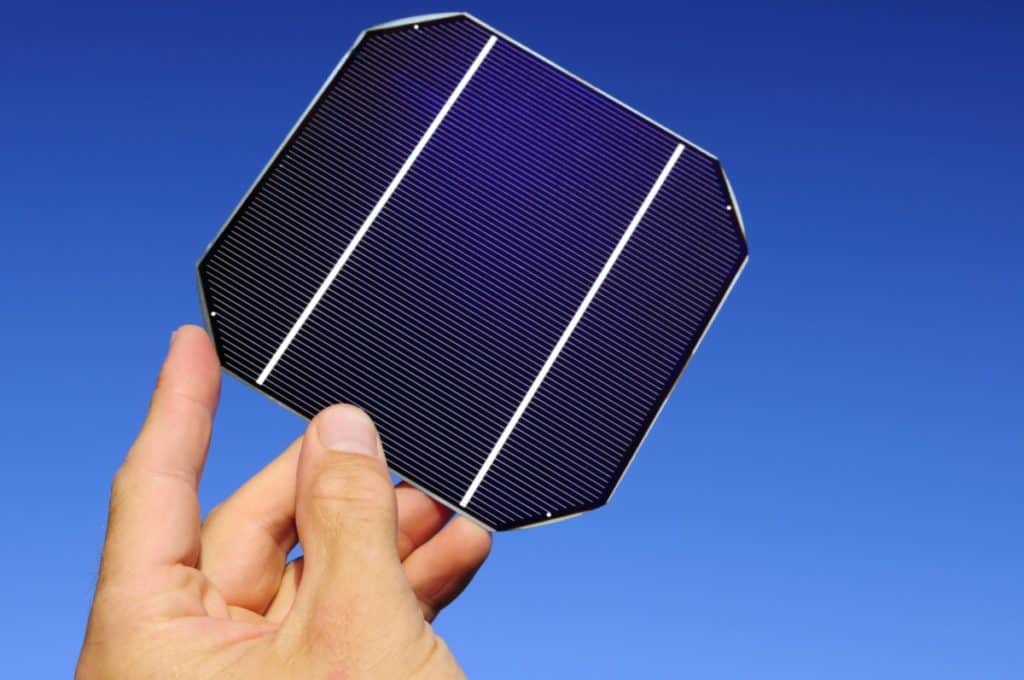
A photovoltaic cell in a monocrystalline solar panel contains sheets made from a single continuous silicon crystal. This crystal is produced by introducing a silicon ‘seed’ into the molten silicon. A single crystal forms slowly around the seed, which becomes a cylindrical ingot ready to be sliced.
Because the silicon is in one pure crystal, monocrystalline PV cells have higher efficiency and uniform color and appearance. This is the oldest and most expensive form of solar panel. Most companies used to make them this way, and until recently, it was the most common method. Now, those made with polycrystalline have overtaken them.
Pros
- They are made from the highest-grade silicon and have the highest efficiency rate
- Because they are more efficient, they can take up less space
- Silicon is long-lasting, and most monocrystalline panels will last much longer than their 25-year warranties.
Cons
- The process of creating a single silicon crystal takes longer than other methods making these panels more expensive.
2. Polycrystalline solar panels
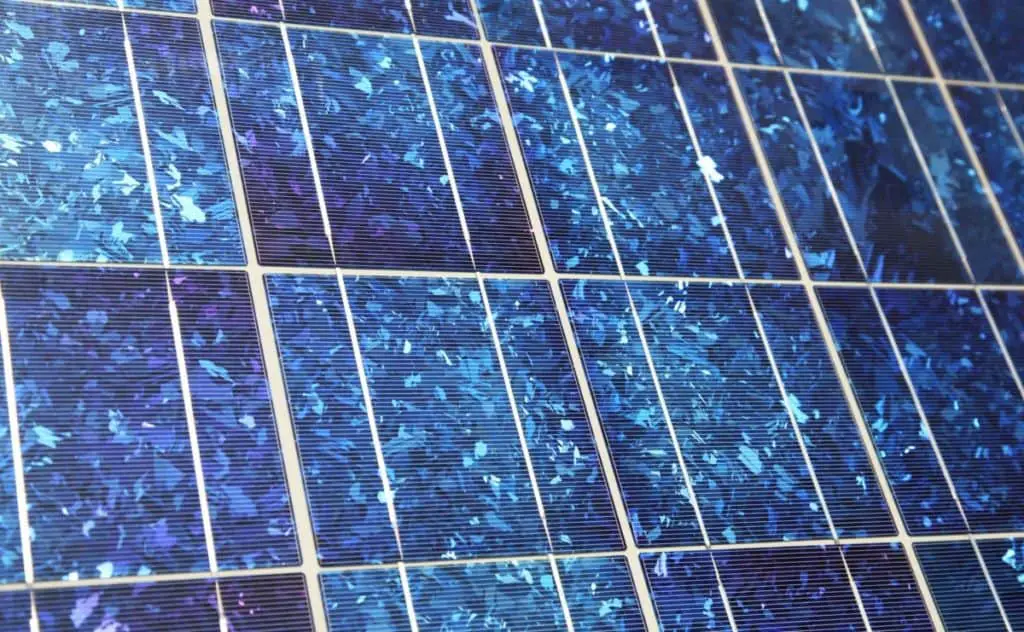
A more recent development, polycrystalline solar panels are also made from molten silicon. The silicon seed is added, and the vat is allowed to cool. This is a quicker process and results in several small crystal shards being formed instead of just one. These are recognizable because of the mottled appearance produced by the multiple crystals.
At first, polycrystalline panels were not as common because they were less efficient. However, improvements in the manufacturing process mean that the difference in efficiency between these two types has lessened. They are also cheaper to produce and, as a result, have become the most common modern way to harvest solar energy.
Pros
- They are reasonably priced
- They are long-lasting and can also exceed their 25-year warranty.
Cons
- Polycrystalline panels are slightly less efficient than the monocrystalline version
- They can last for well over 25 years but are not quite as long-lasting as those made with monocrystalline silicon. High-quality manufacturing processes can significantly reduce this difference.
3. Thin-film solar panels
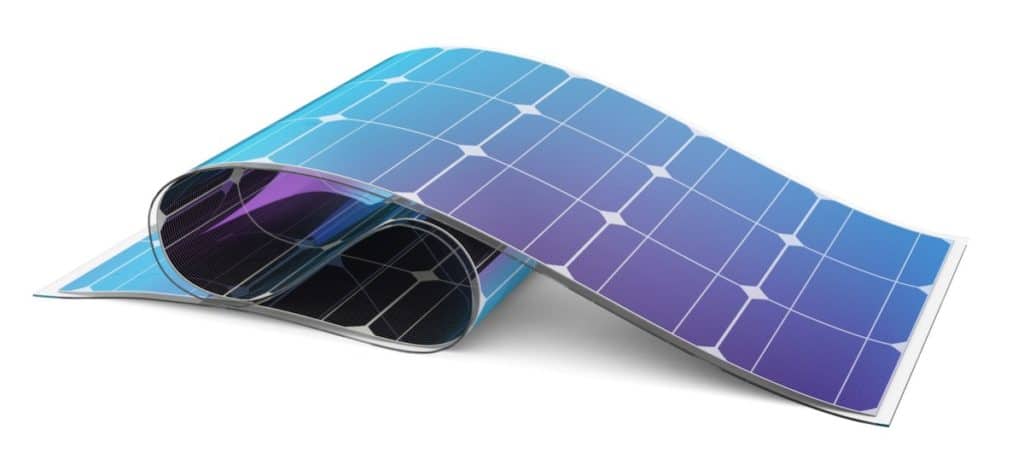
Thin-film panels are made by putting a thin layer of a photovoltaic substance onto glass or plastic. The photovoltaic substances most often used are amorphous silicon, copper indium gallium selenide, and cadmium telluride.
This type of solar panel is the least efficient, so you will need a large surface area to harvest the same amount of electricity as other types. Although this is the case currently, many advances are being made in this area to improve the capabilities of thin-film panels. Because they don’t rely on producing solid silicon crystals, they are significantly cheaper to manufacture.
Because of the substances used in their manufacture, companies can make them to be flexible, which makes them useful for situations when customers want to mount them on curved or uneven surfaces. The best panels are currently made from mono or polycrystalline silicon, but thin-film versions are likely to overtake them in the future.
Pros
- They are the cheapest panels to produce
- Each cell is of a homogenous color making them look more appealing
- They can be flexible, so they are ideal for areas where you may not be able to install rigid panels.
- There is potential to improve their efficiency for the future.
Cons
- They aren’t usually recommended for home roof installations because they take up more space because of their low efficiency
- Most current versions have a shorter lifespan than other types
How many PV cells are in one solar panel?
Solar panels are usually square or rectangular arrangements of PV cells. As a result, panels often include either 32, 36, 48, 60, 72, or 96 cells.
A standard 250w, polycrystalline solar panel is likely to be made from 60 PV cells arranged into a rectangle.
Click here to see my picks for best solar power equipment.
Conclusion
Often, the terms ‘solar panel’ and ‘PV cell’ are used to refer to the same thing. Now you know that the panel is a configuration on several photovoltaic cells.
While many of the processes involved in solar energy production are likely to stay the same, manufacturers are always refining their processes. As they progress to make cheaper, more efficient designs, solar energy will likely become more accessible than ever.
When choosing a solar panel for your home, don’t just look at the materials it is made from, search for high-quality manufacturers. The right processes can significantly improve its overall functionality.
Check out my recommendations for equipment that will help you take your home off-grid.
My Off-Grid Product Recommendations
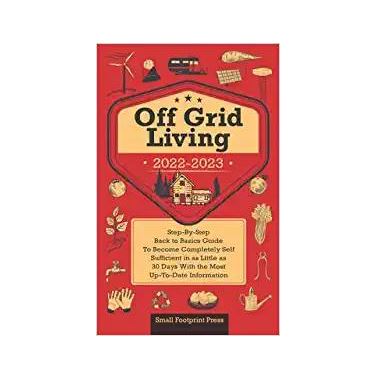
Useful Book: Off Grid Living 2022-2021 – This incredible step by step guide is a great read and gives you useful information about reaching self-sufficiency in just 30 days. Get the paperback on Amazon or read it free with a Kindle Unlimited subscription or listen to the audio version with Audible Plus membership.
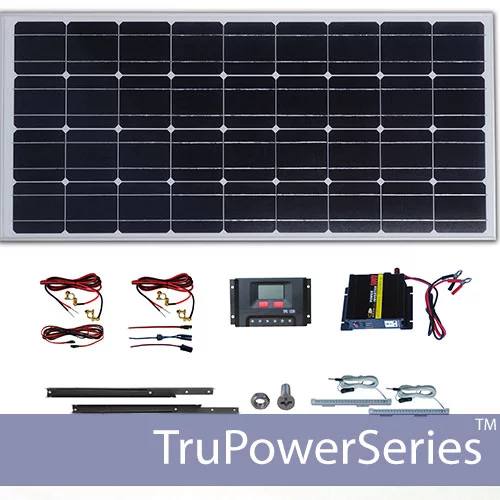
Small Solar Panel Systems: Silicon Solar – This is an excellent company that offers lots of products to get you started on your solar journey. Visit Silicon Solar.
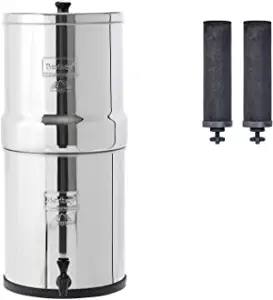
Family Water Filter: Big Berkey – For a fast, affordable water filter with no plumbing required, you can’t beat a Big Berkey gravity-fed filter like this one from Amazon.
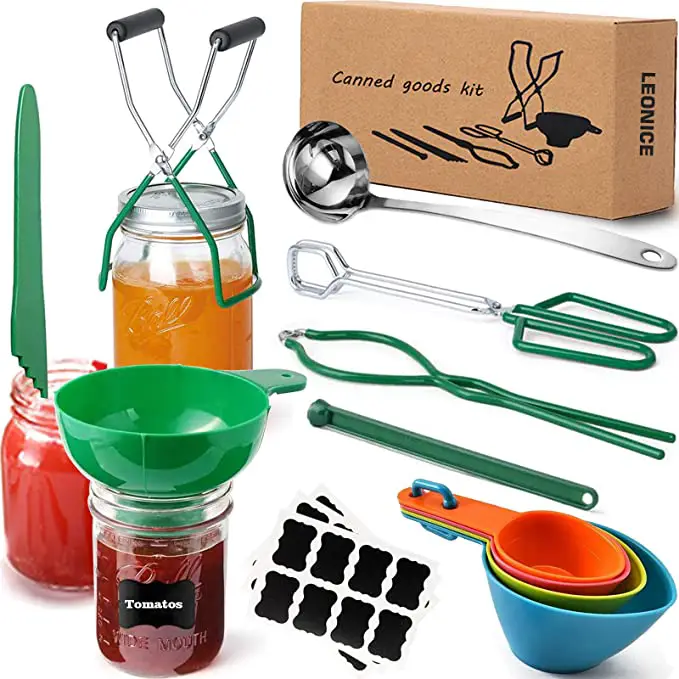
Canning Equipment – This canning starter kit, 22-quart Barton pressure canner and twelve-pack of Ball 16oz mason jars will help you preserve food as you work towards self-sufficiency.
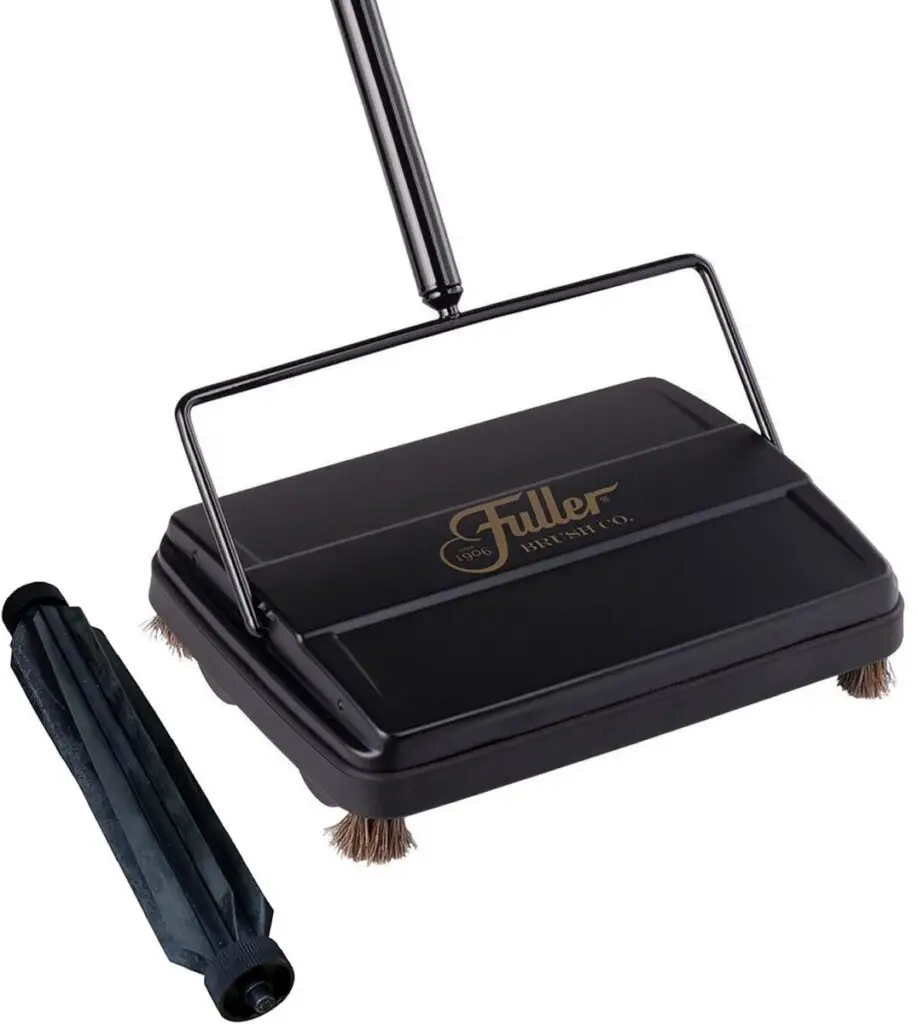
Cleaning: Fuller Carpet Sweeper –. This carpet sweeper is an ideal way to keep your home clean without using up your energy stores on vacuuming.

Handy Knife: Gerber Serrated Paraframe – This handy all-purpose knife is lightweight and ideal for all those little jobs around your home and garden.
